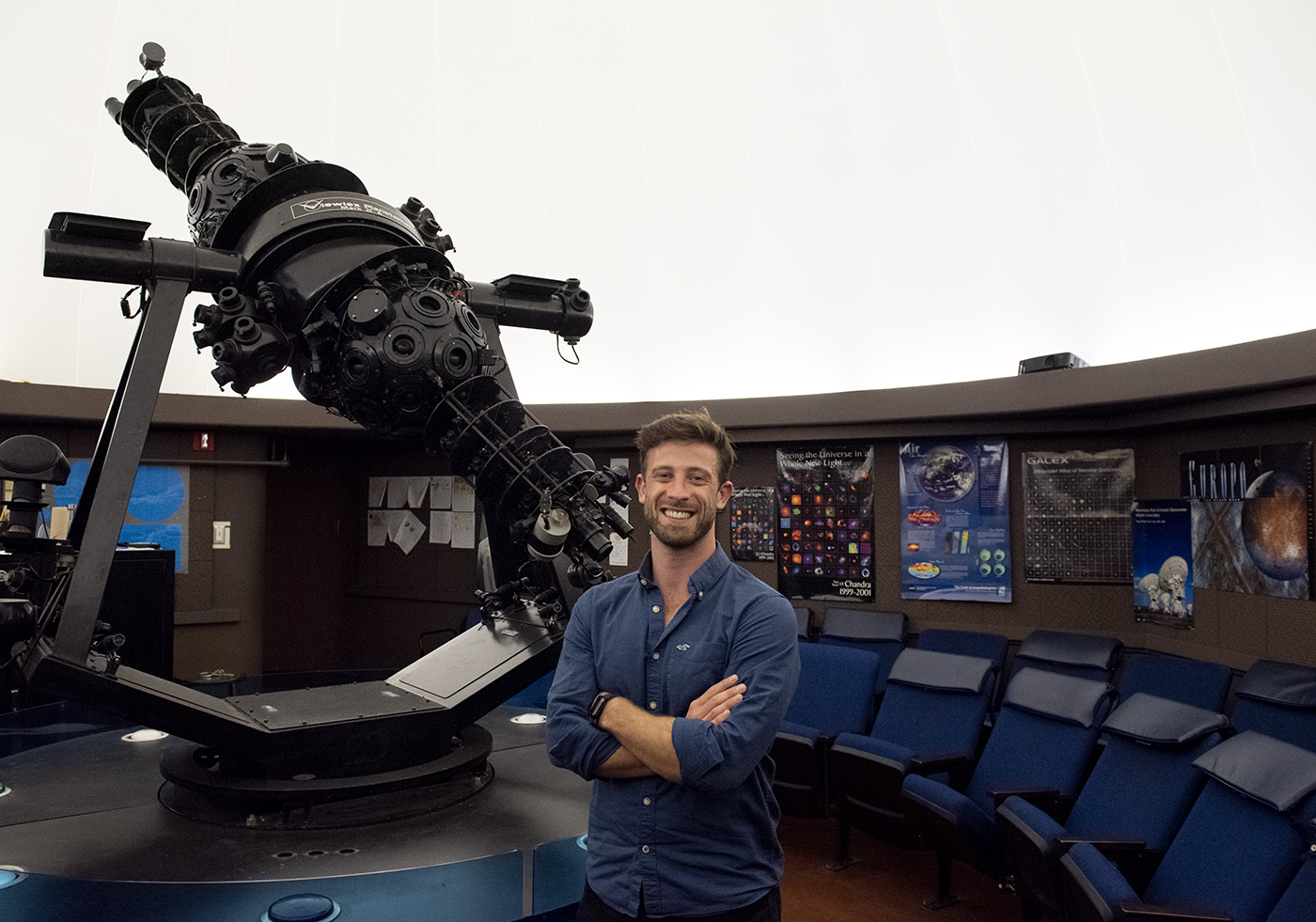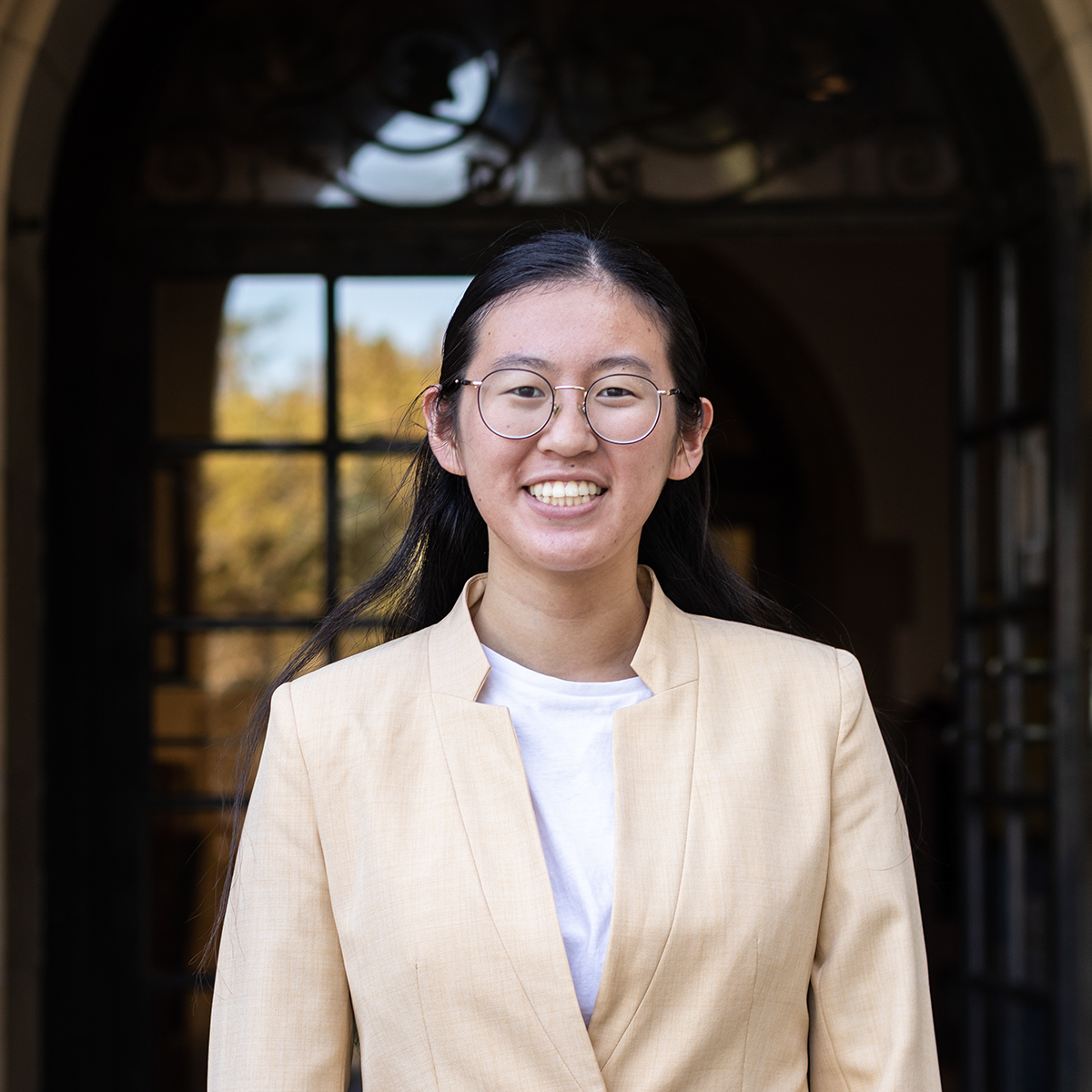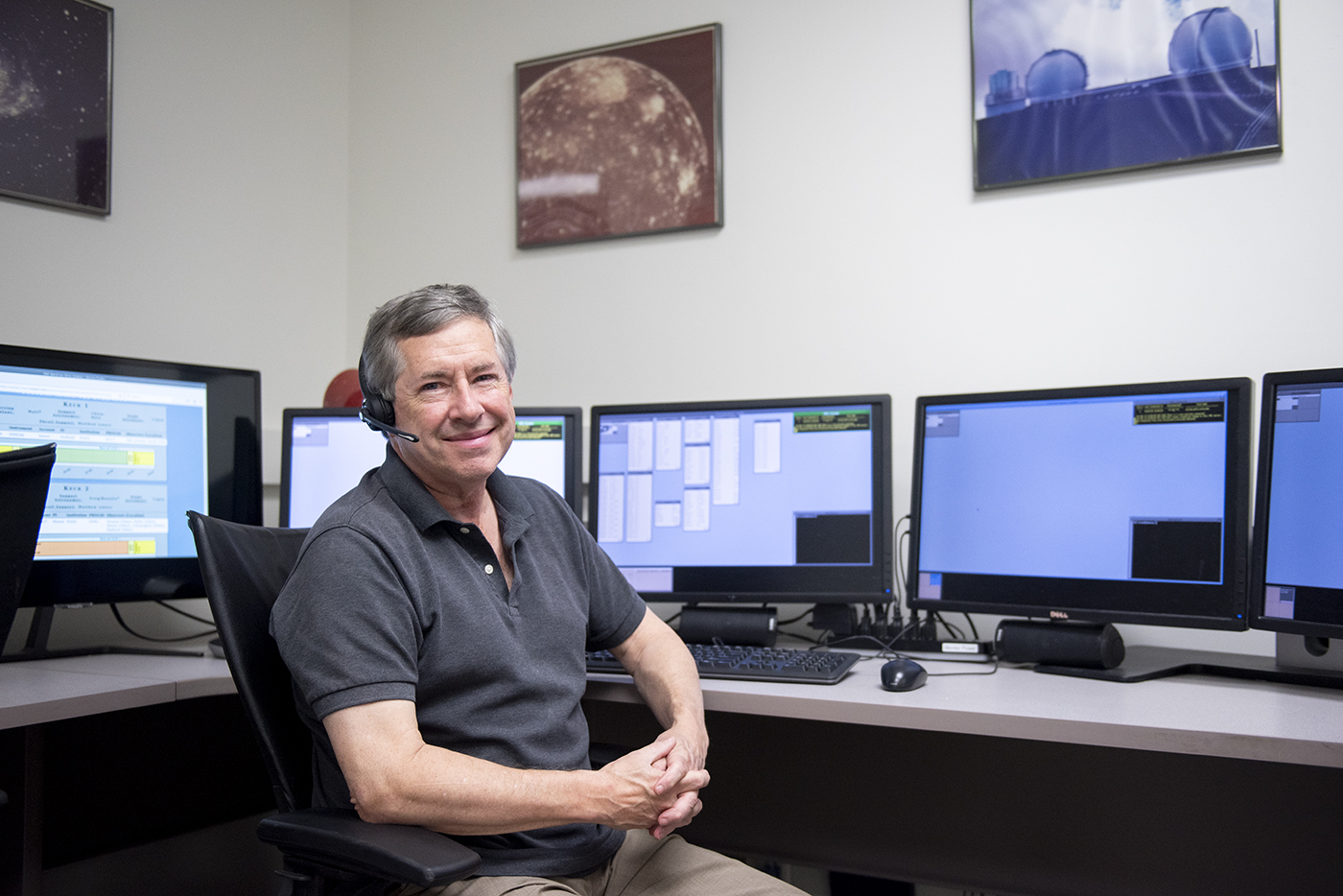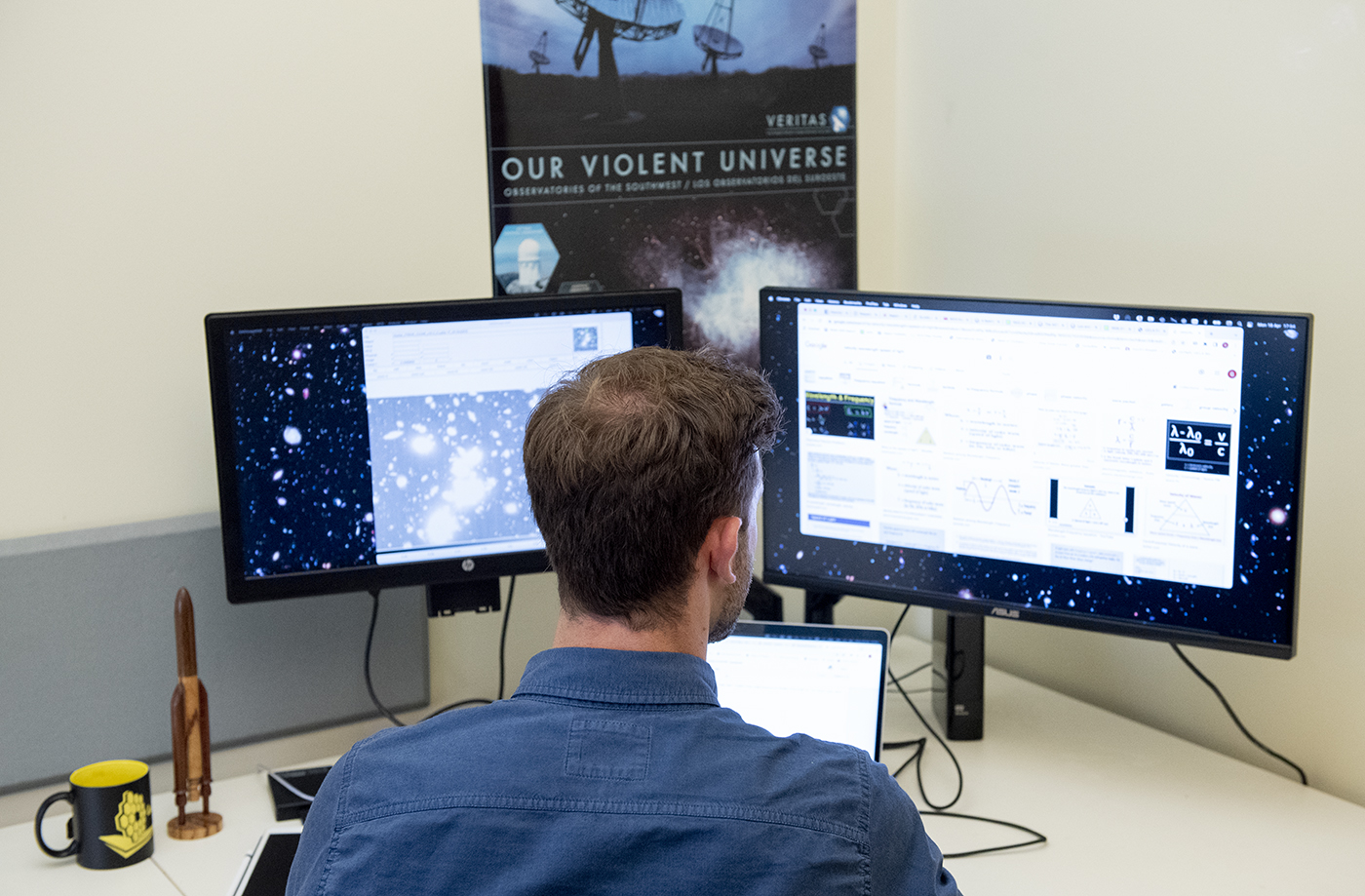UCLA researchers prepare to start projects with James Webb Space Telescope data

Guido Roberts-Borsani, a postdoctoral scholar of physics and astronomy, stands inside the UCLA Planetarium. Roberts-Borsani is one of multiple UCLA researchers working on projects using data from the recently launched James Webb Space Telescope. (Shane Yu/Daily Bruin)

By Anna Dai-Liu
April 18, 2022 1:44 p.m.
This post was updated April 20 at 10:44 p.m.
UCLA researchers will use data from NASA’s recently launched James Webb Space Telescope to study how stars and galaxies change over time.
The telescope, launched in December by the European Space Agency, will be able to take pictures of more distant objects in space, according to a press release from NASA.
New technology will allow JWST to go beyond the capabilities of other telescopes like the Hubble Space Telescope, which launched in 1990, said Matthew Malkan, a professor of physics and astronomy.
Multiple proposals from UCLA researchers were selected for the first cycle of projects, which will begin after JWST data becomes available to the greater astronomical community as early as June.
Malkan’s project, titled PASSAGE, uses JWST’s ability to detect infrared light – invisible to the human eye – emitted by galaxies.
He added that JWST will capture and process this light to identify the chemical composition of galaxies. This information, Malkan said, can be compared to existing knowledge about how galaxies were formed to understand how galaxies have evolved.
“We have all kinds of theories: speculations about the role of black holes, the role of dark matter. These are wonderful theories,” he said. “I want to actually see that process happen by using the telescope as a time machine.”

Guido Roberts-Borsani, a postdoctoral scholar of physics and astronomy, said he will use JWST to search for identifying signatures of light that indicate the presence of hydrogen. These signatures will help researchers learn how galaxies have formed.
Roberts-Borsani added that JWST improves upon older telescopes by being able to account for the presence of space dust. Dust, he said, acts like a shield and absorbs light that might be emitted by galaxies. This leads researchers to underestimate the true amount of matter in the universe.
“If there’s a lot of dust, then we’re basically going to be counting less stars than there actually are,” he said.
Roberts-Borsani added that he and Tommaso Treu, a professor of physics and astronomy, will also work on correcting background noise in JWST data, which will help scientists in future research.
Other researchers will also be trying to look at fainter stars, specifically those within the Milky Way. Tuan Do, an assistant professor of physics and astronomy and deputy director of the Galactic Center Group, said his team will explore how stars can form near the supermassive black hole at the galaxy’s center.
One theory is that stars form in compressed disks, a shape that could resist a black hole’s pull, he said. He added that information from these small stars can be compared with what is known about larger stars to provide insight into patterns of star formation.
The telescope’s large mirrors will allow it to collect more light to see those faint stars, added Matthew Hosek Jr., a postdoctoral scholar with the Galactic Center Group. Hosek said he will be studying how the extreme conditions of the center of the Milky Way affect the masses of stars formed there. Previously, most information about star formation came from studying regions close to Earth, where conditions may differ.
He added that JWST’s increased resolution allows researchers to see dimmer stars and distinguish them from brighter stars.
But though these projects are underway, including those that UCLA researchers will be participating in, Roberts-Borsani said the biggest questions have yet to even be thought of.
“It’s going to answer questions that we are already asking, but I’m sure it’s also going to open up avenues to so many other questions that we just weren’t expecting,” he said.

Hosek, who was inspired to study astronomy at a young age after seeing photos taken by the Hubble Space Telescope, added that he hopes JWST will encourage a new generation of astronomers.
“I’ve been waiting a lot less time than some of the older professors for this telescope to come around,” Roberts-Borsani said. “But it really feels like, for me anyways, sort of my generation’s version of Hubble in a way.”


